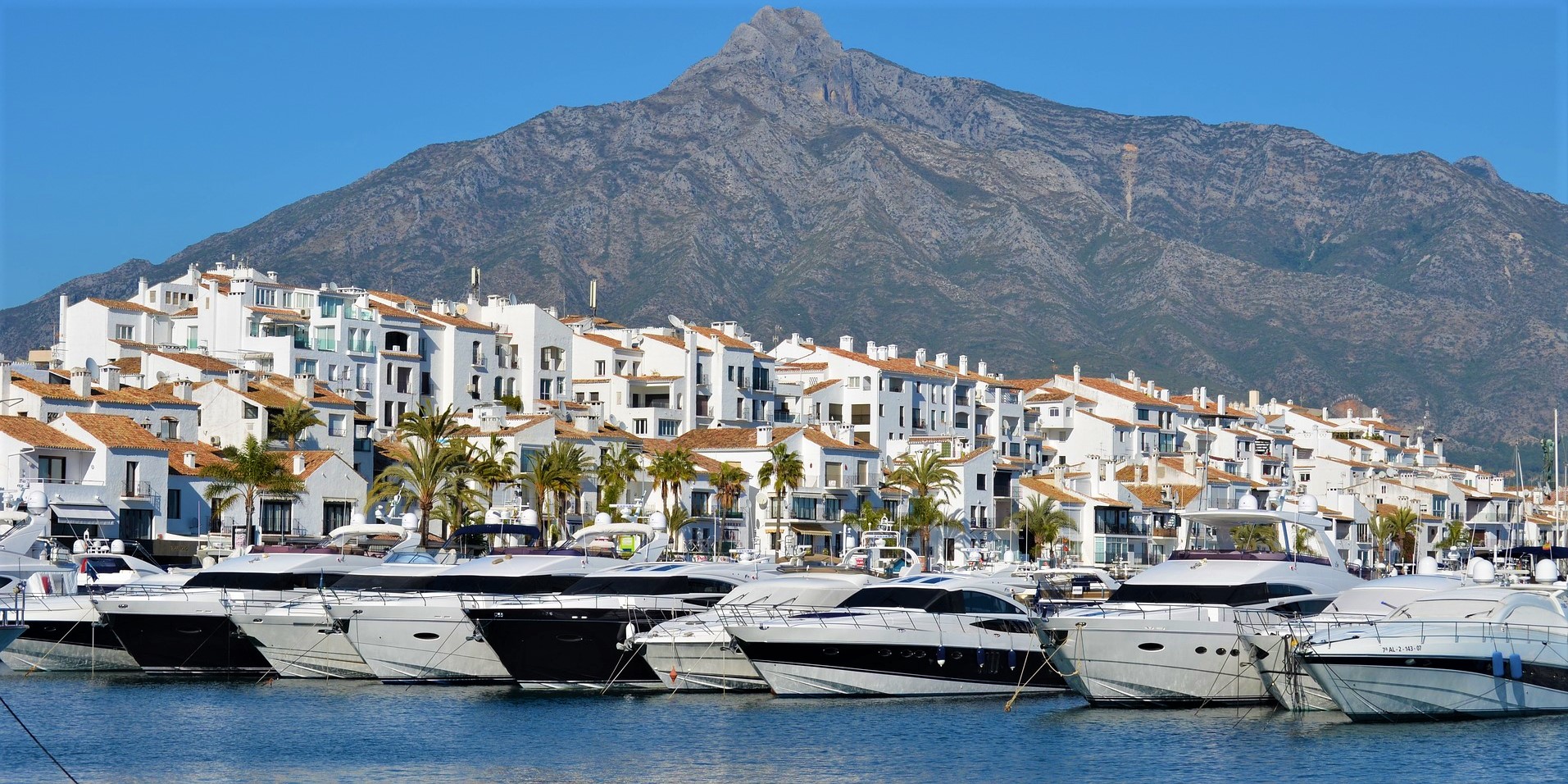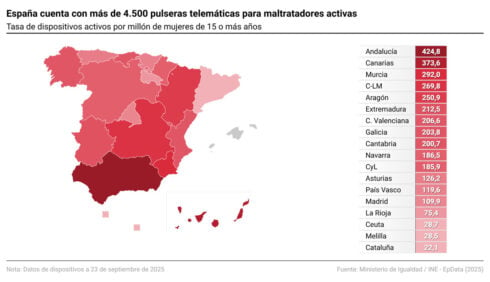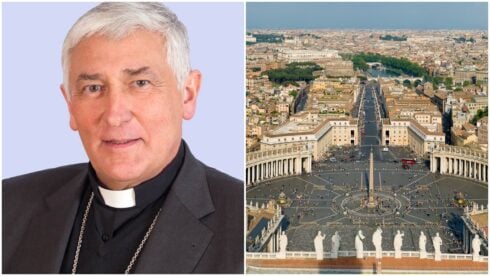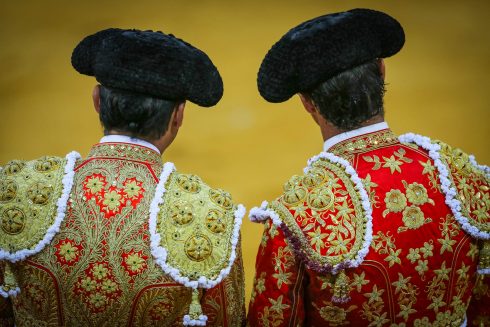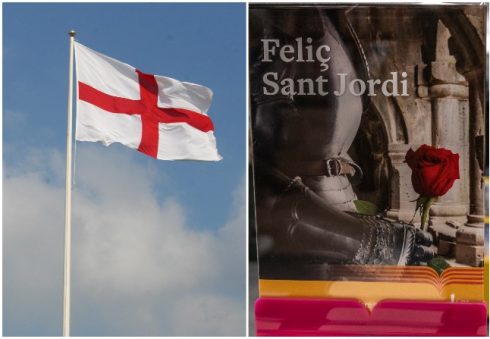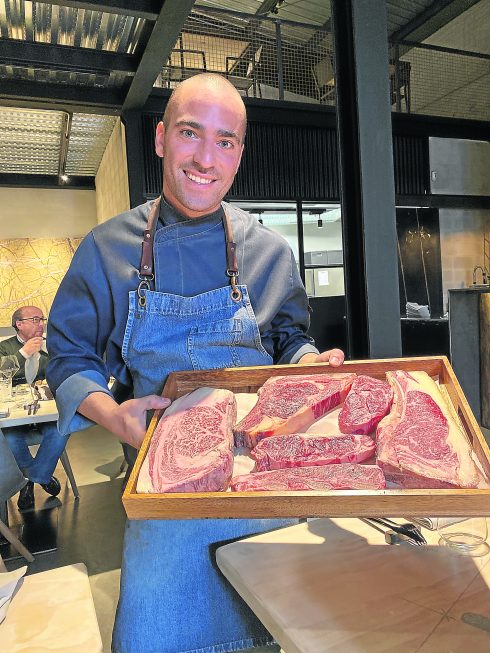SWIRLING a glass of flinty French rose, he looked every bit the suave English gentleman you’d expect of Hugh Grant.
Holding court with a group of friends on a warm early summer evening, hardly anyone batted an eyelid.
It was early June, after all, and Marbella was at its very finest; the scent of orange blossom in the air, the bougainvillaea in full bloom, candles on every table. There was so much else for the throngs of tourists to be taking in.
At the request of the restaurant owner I took a quick snap of the Hollywood star on my iPhone, but declined to interrupt his convivial terrace bonhomie.

Grant’s regular trips to Marbella have sparked rumours over the years that he owns a house in the resort, in particular, in the luxury hillside enclave of La Zagaleta. But, when I was actually introduced to him recently in London, the Notting Hill star told me it was ‘merely a good marketing tool for local estate agents’. He certainly loves the place, he explained, but mostly he’s down, these days, on business or to film.
It perfectly summed up the resort, which has rightfully earned the reputation of being southern Spain’s playground for the rich and famous.
Full of tycoons, movers and shakers and, increasingly, tech billionaires, Marbella manages to remain Europe’s top location for a spot of business, alongside pleasure.
A town of over 150,000 year-round residents, it is almost uniquely a resort that never hibernates.
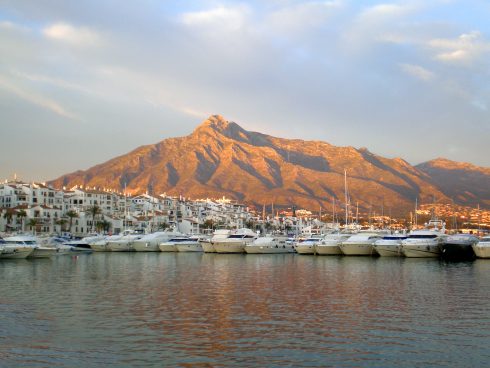
Indeed, as most locals will nowadays tell you, the best months are from October to May, when the tourist numbers remain manageable, while all the top restaurants are still open and the sports clubs buzzing.
Meanwhile, infrastructure-wise it counts on dozens of excellent private schools, two cinemas showing VO movies and just about every shop you could desire for from Corte Ingles to the Apple store and Gucci to Specsavers.
Since the 1950s, Marbella has been the glamorous dream escape for movie stars, sportsmen and captains of industry. Photos of the glamorous destination fill glossy travel magazines around the world and it’s probably the most aspirational place to live in Europe, bar perhaps San Tropez, Mallorca or Ibiza.
An exclusive resort, it has long attracted celebrity visitors such Audrey Hepburn, Cary Grant and Sean Connery, while hundreds of sportsmen like Novak Djokovic and Eden Hazard own houses here, and you’ll frequently find boxers, including Tyson Fury and Anthony Joshua, in the gyms, or Harry Kane and Gareth Bale on the fairways.

The pandemic has only made things more pronounced, creating the opportunity for tens of thousands of digital nomads and entrepreneurs to decamp down here from northern Europe and further afield.
With the likes of Dragons Den’s Theo Paphitis and tycoon Alan Sugar already owning here and crooner Julio Iglesias with a giant estate in the hills, don’t expect any villas these days to be going for a song.
Since the resort’s five-star hotels were filled to bursting during the two years of Covid, dot.com millionaires can snap them up at asking price before siesta time.
Prices have continued to soar this year to incredible heights and Marbella was the first place in Spain to return back to the levels of 2006 before the crisis kicked in.
Prices have doubled in a decade and asking prices rose by 20% last year alone, while at 4,121 euros per metre squared it is the second most expensive property in Spain.
There are simply not enough properties for sale, plots to build are far and few between and listings are becoming incredibly scarce to come by. Demand far outstrips supply.
“Marbella is almost bulletproof from a slowdown or crash,” explained estate agent Adam Neale, of Terra Meridiana. “It is almost unique in Europe.”

But what is certainly different about Marbella than other nearby resorts like Estepona or Mijas (or further afield in Javea or Ibiza, say) is its amount of history and culture on offer, when you know where to find it.
And let’s not forget to mention the superb walks in its nearby hills – it sits next to a National Park, these days, don’t you know – while it easily has the best concentration of restaurants in southern Spain.
History-wise there is certainly a fair amount to do from inspecting its Moorish walls in the casco historico,to visiting a Roman villa or Visigothic church on its outskirts.
Indeed, rewind the clock several millennia, and you’ll find it’s always been a popular spot.
Marbella’s earliest origins are as a palaeolithic settlement. Humans hunted and gathered over the very same land that now boasts Michelin-starred restaurants.
The Phoenicians were here, before Its next incarnation came as a Roman port. You can see the evidence at the Termas de Las Bovedas Roman baths, near San Pedro de Alcantara, which comes under Marbella, and at the Roman villa in Rio Verde.
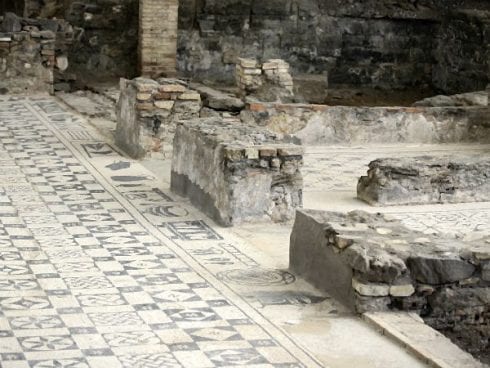
The northern European Visigoths were frequent visitors to the coast and left their mark in the form of the Vega del Mar Basilica, a necropolis, also to be found in San Pedro.
They, like the giant number of northern Europeans who live here today, would have been attracted by the excellent warm temperate climate, which rarely goes below 8 degrees, nor over 30 degrees, thanks to the protection it gets from the nearby Sierra de las Nieves National Park and pointy La Concha mountain.
In contrast, the early Arabs, or Moors, who arrived in the 8th century found it a fair bit cooler than across the pond, spotting the town’s potential, calling it bien habitada, or ‘place of good living’.
They eventually built a walled city in the old town in the tenth century and even a large Alcazaba castle.
The walls, some of which survive today, were dotted with around a dozen towers, including the Torre del Puente Levadizo (meaning the ‘Drawbridge Tower’) and the Torre de la Puerta de Hierro (or ‘the Iron Door Tower’).

It doesn’t come close to competing with Cordoba or Sevilla for ornate Moorish architecture, but it came a close second to Ronda in terms of size and fell to the Christian Crusaders in the same year, 1485, just seven years before the Catholic Reconquest was complete.
Marbella, to conclude, is a destination that has been a lot of different things to a lot of different people over the years, but the cosmopolitan atmosphere, world-class restaurants and perfect climate look set to entice the world’s elite for decades – if not millennia – to come.
READ MORE:
- COSTA TROPICAL ROAD TRIP: the tranquil seaside towns on the N340 of Spain’s Granada…
- PEARL OF THE COSTA BLANCA: Javea’s rugged beauty holds enough hidden jewels to share…
- WELCOME TO CASTELLON: Why you should visit the northern province of Spain’s Valencia region…
Click here to read more Olive Press Travel News from The Olive Press.

